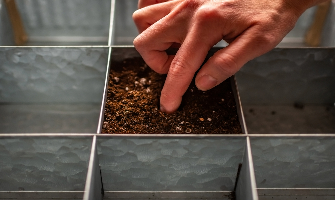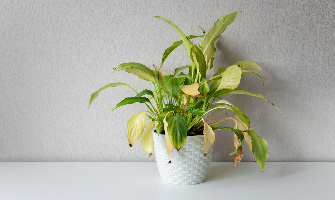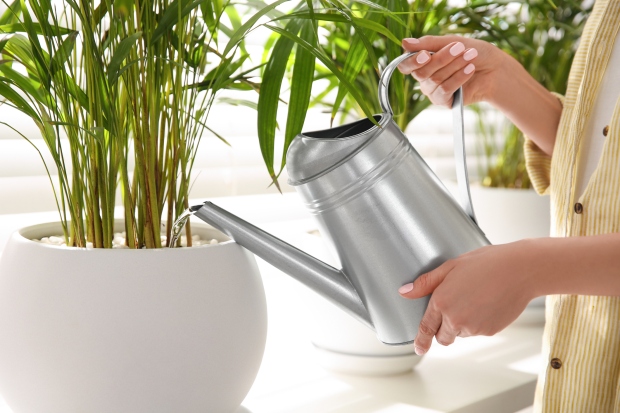Test before Watering
One way to test if your plant’s soil has become too dry is to use your finger. All you need to do is poke your finger an inch or two down into the soil, then pull it out and see if it is still dry. If so, there is a good chance that you should give your plant more water. You can also perform this test with a pencil using the same method.

A Few Signs Your Plant Needs More Water
When a plant needs water, its leaves may change color, or feel brittle to the touch.
In those over-watering cases, the leaves will likely turn brown or yellow or have blisters.
Moreover, if you see mushy stems, mold in soil or the whole wilting plant, it means the plant is badly over-watered

